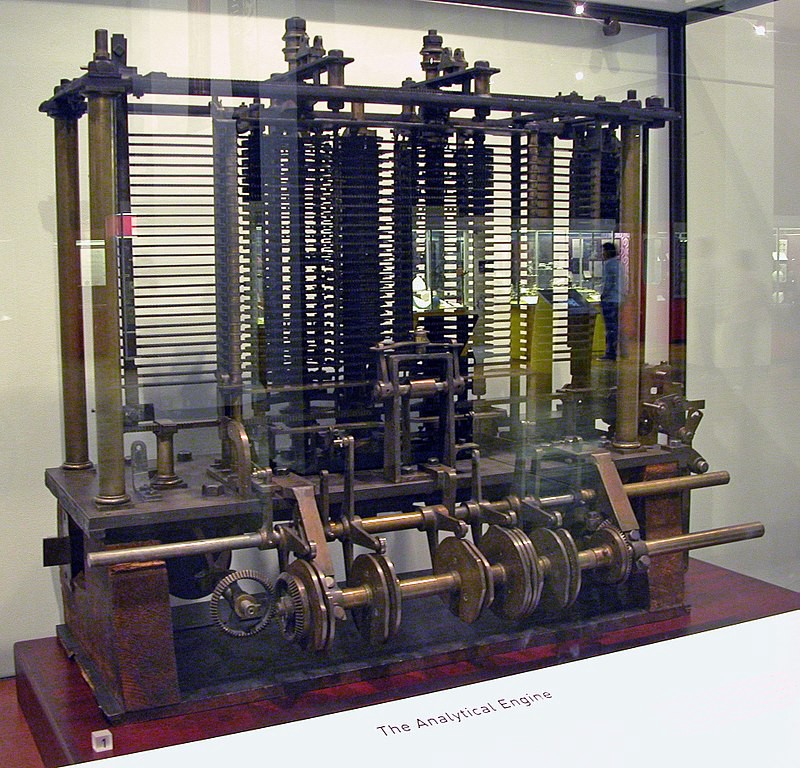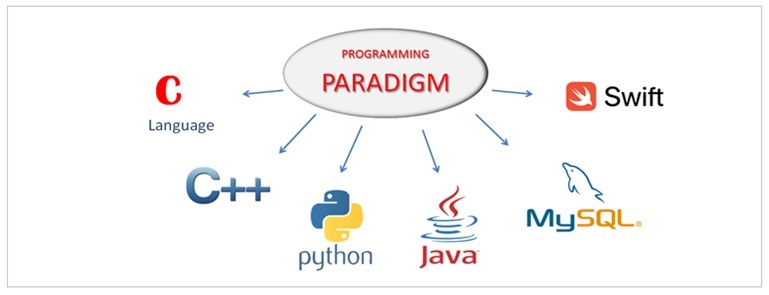
The Analytical Engine, designed by Charles Babbage in 1837, is considered by many to be the first general-purpose digital computer. Babbage, a mathematician and inventor, had been working on designs for mechanical calculators since the early 1800s, but the Analytical Engine represented a significant leap forward in computing technology.
The Analytical Engine was designed to perform a wide range of calculations, and it was capable of handling both arithmetic and logical operations. It used punched cards to input instructions and data, which allowed for much more flexible and efficient programming than earlier machines, which relied on manual input.
One of the most remarkable features of the Analytical Engine was its use of a stored program. This meant that the machine could store instructions in its memory and execute them automatically without the need for manual intervention. This was a significant advance in computing technology, and it paved the way for modern digital computers.
Babbage’s design for the Analytical Engine was ambitious and complex. It consisted of two main components: the mill, which was responsible for performing arithmetic and logical operations, and the store, which held the machine’s instructions and data. The Analytical Engine also had a printer, which could be used to output the results of calculations.
Babbage never completed a working model of the Analytical Engine due to a combination of financial and technical difficulties. However, his designs were highly influential and helped pave the way for modern computing. Ada Lovelace, a mathematician and early computer programmer, was a close collaborator of Babbage’s and played a key role in developing the concept of computer programming.
The Analytical Engine was a remarkable achievement in computing technology, and it demonstrated the potential of digital computers to revolutionize the way we think about computation. Today, we rely on computers for everything from communication and entertainment to scientific research and national security, and it all started with the pioneering work of Charles Babbage and his colleagues.








